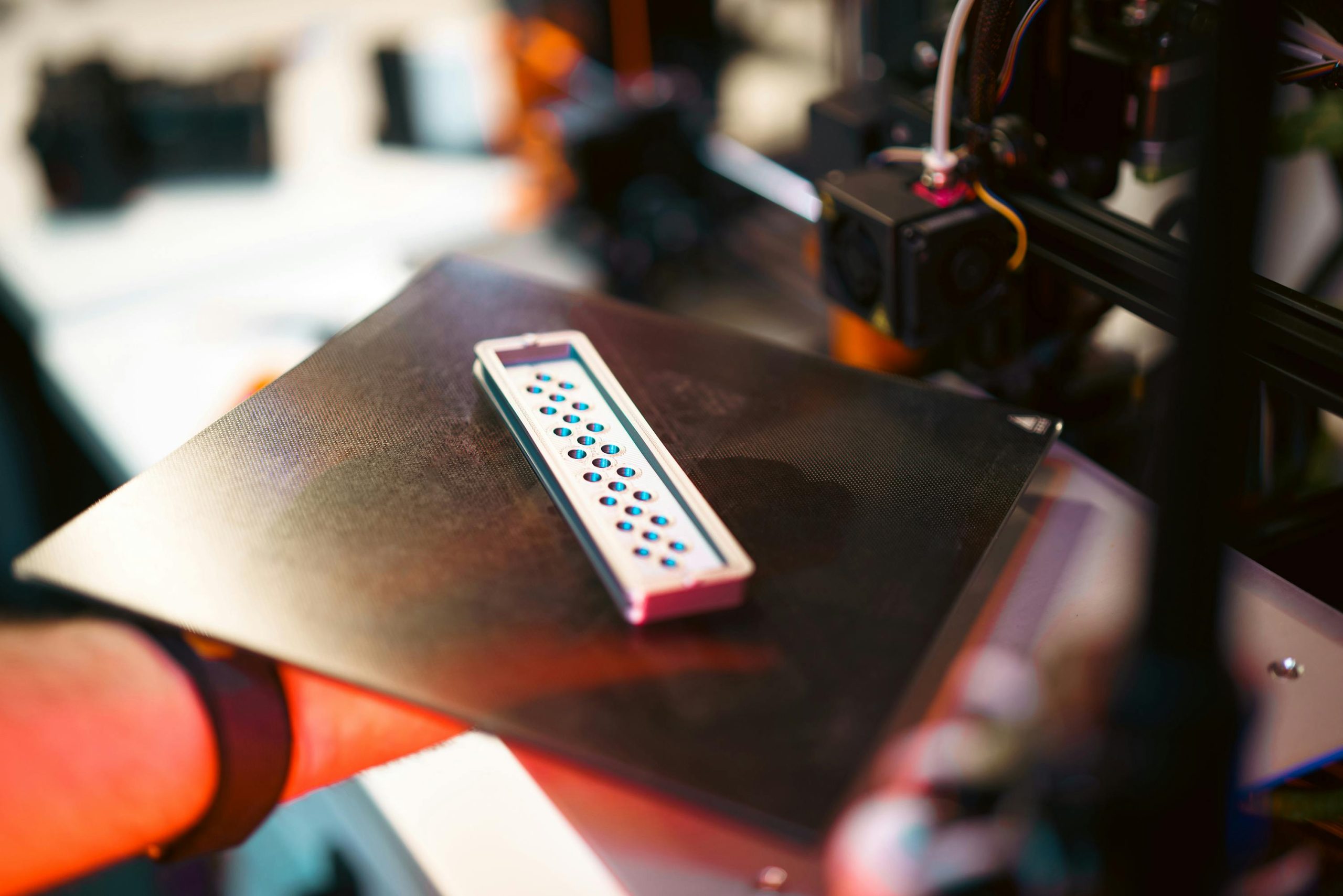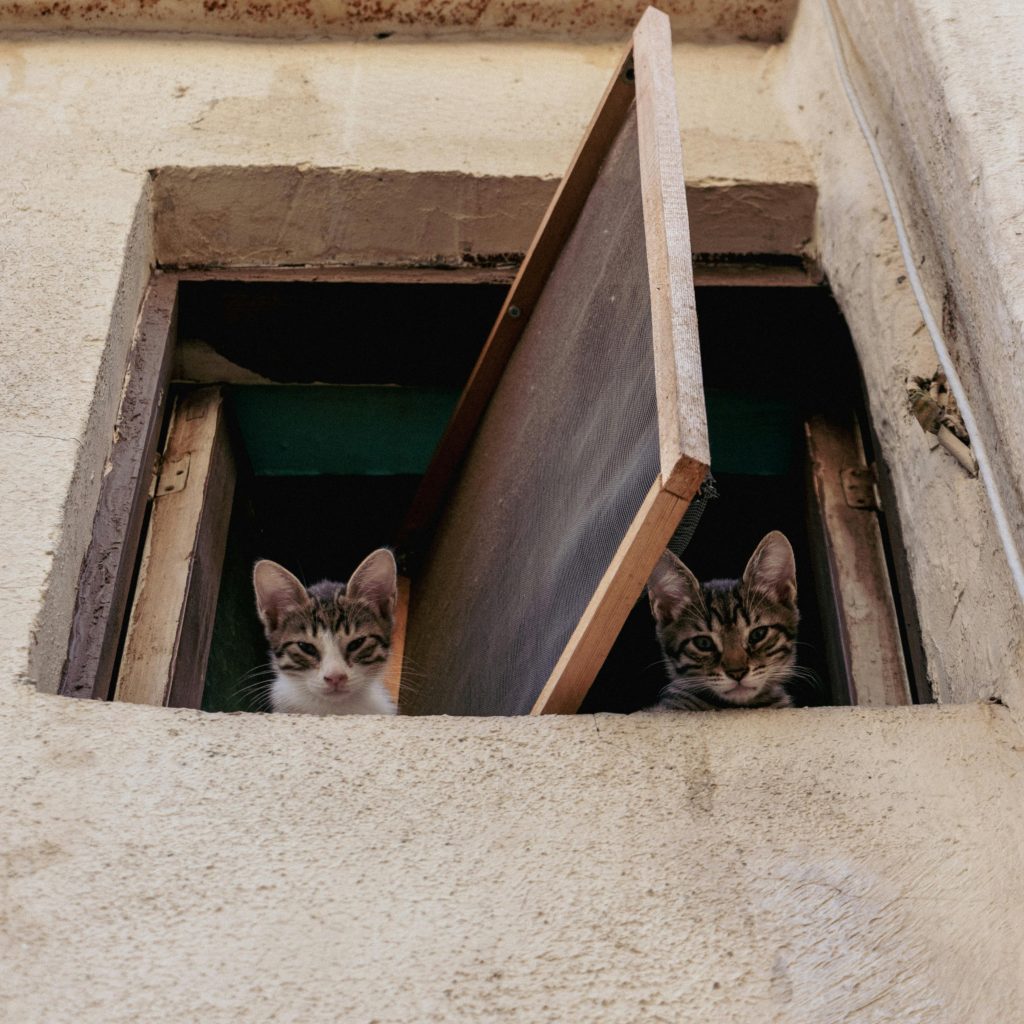How to Restore a Windows Image Using CloneZilla: A Detailed Guide
As our reliance on digital systems continues to grow, ensuring the safety and recoverability of valuable data is paramount. Whether you’re a tech enthusiast, an IT professional, or a casual computer user, understanding how to back up and restore your system can be a lifesaver. One common tool for managing system images is CloneZilla. In this comprehensive guide, we’ll dive deep into how you can use CloneZilla to restore a Windows image, explore its nuances, and clarify whether CloneZilla can be used with Windows Image Backups or if it’s limited to CloneZilla-created backups alone.
Understanding System Images and Backups
Before diving into the specifics of CloneZilla, it’s crucial to grasp what system images and backups entail. A system image is a snapshot of the entire state of your computer at a specific point in time, including the operating system, installed programs, settings, and personal files. Backups, on the other hand, can be full (exactly like a system image) or incremental/differential, storing only changes since the last backup.
For Windows users, creating a system image can be done via the Windows built-in tool called WindowsImageBackup. This tool serves as an effective safety net allowing you to restore your system to its previous state after a crash or corruption. CloneZilla is a powerful open-source alternative to Windows Backup, providing more flexibility to both create and restore system images.
What is CloneZilla?
CloneZilla is an open-source disk imaging Software that allows you to backup and restore your system. Available in both Live (for single machines) and SE (server Edition, for large deployments) versions, CloneZilla is renowned for its efficiency and versatility. It supports a wide range of file systems, including NTFS, which is used by Windows, making it a potentially viable candidate for dealing with Windows backups.
Features of CloneZilla
- Free and Open Source: One of the biggest advantages is that it’s freely available and open source, meaning you have the flexibility to modify it to fit your needs.
- Supports Multiple File Systems: It supports file systems like NTFS, FAT32, ext2, ext3, ext4, and many others.
- Disk Cloning: CloneZilla is highly efficient at cloning disks and partitions, making it ideal for creating full system images.
- Network Backups: Through network support, CloneZilla SE can deploy an image to over 40 computers simultaneously.
The Compatibility Question: CloneZilla and WindowsImageBackup
The burning question many users face is whether CloneZilla can restore a WindowsImageBackup. The answer isn’t straightforward due to differences in the methodologies employed by Windows built-in backup systems and CloneZilla.
Limitations of CloneZilla
-
File Format Differences: CloneZilla and Windows use different methods to create backups. A WindowsImageBackup creates a VHD (Virtual Hard Disk) file, while CloneZilla uses its own file formats. This inherent difference means CloneZilla cannot restore directly from a WindowsImageBackup without additional steps.
-
Specialization: CloneZilla is best suited to handle disk images made directly with CloneZilla. It’s optimized for its format and operation and is less equipped for direct interoperability with Microsoft’s proprietary backup formats.
Workaround: Using CloneZilla with Windows
While CloneZilla cannot directly use a WindowsImageBackup for restoration, there are ways to ensure that you’re backing up and restoring effectively:
-
Create a CloneZilla-Compatible Image: Instead of using WindowsImageBackup, create a backup image with CloneZilla from the start. This way, restoration using CloneZilla will be seamless.
-
Disk Conversion and Restoration: For users keen on using an existing WindowsImageBackup with CloneZilla, a complicated method involving converting the VHD to a format recognizable to CloneZilla, while possible, often results in a cumbersome process and isn’t recommended for the faint-hearted or those unfamiliar with deep system tweaking.
How to Create and Restore a CloneZilla Image
To avoid compatibility issues, using CloneZilla from the onset is encouraged. Below is a step-by-step guide on how you can create and restore a disk image with CloneZilla.
Creating a CloneZilla Image
-
Download CloneZilla: Obtain the CloneZilla Live ISO from the official website and create a bootable USB or CD.
-
Boot Your System: Boot your computer from the CloneZilla media.
-
Select ‘CloneZilla live’: Once the CloneZilla menu appears, select the ‘CloneZilla live’ option.
-
Choose the Operation Mode: Choose ‘device-image’ to create an image of the disk.
-
Select Storage Location: Choose where you want to store the image (local drive, external drive, or network storage).
-
Choose Compression Options: Pick the compression option suitable for your needs, prioritizing either size or speed.
-
Proceed with Imaging: Follow the on-screen instructions to create your image. CloneZilla creates an image that can be split into files to suit the storage medium and will guide you through each step.
Restoring a CloneZilla Image
-
Boot from CloneZilla Media: As before, boot your computer using CloneZilla.
-
Select the ‘device-image’ Option: Similarly, choose ‘device-image’ but select ‘restore’ this time.
-
Locate the Backup Image: Locate the backup image file from your storage location.
-
Follow the Restoration Process: Complete the restoration process following the prompts, specifying the target disk for restoration. Ensure this disk is either equal or larger in size than the original to accommodate all data.
Important Tips and Considerations
- Verification: Always verify your backup after creation to ensure it is free from errors or corruption.
- Regular Backups: Make backups a routine activity to ensure the most recent data is always safe.
- Documentation: Keep documentation or detailed notes on your backup and restoration processes to prevent confusion in emergencies.
Conclusion
CloneZilla can be a robust tool for managing disk images, particularly for those willing to operate within its ecosystem. While it does not directly support restoring WindowsImageBackup files, using it properly from the beginning can ensure smooth backups and restorations. By leveraging CloneZilla’s capabilities, you can achieve high levels of data resilience and peace of mind knowing your system can recover after any digital mishap. Remember, the key to avoiding data loss is a consistent backup and restoration strategy, aided by tools like CloneZilla.
Share this content:




Response to “How do I restore windows image using CloneZilla?”
Thanks for this detailed guide on using CloneZilla for restoring Windows images! As an experienced user, I’d like to expand on a few critical points that can enhance your restoration experience.
CloneZilla Compatibility with Windows
While it’s true that CloneZilla does not natively support WindowsImageBackup, it’s worth noting that CloneZilla’s device-image mode is exceptionally robust for creating backups of your entire system if configured from the start. This feature allows a straightforward restoration process without worrying about compatibility issues later.
Alternative Options for WindowsImageBackup
If you have a WindowsImageBackup and absolutely need to restore from it, consider using third-party tools designed for VHD manipulation. Converting VHD files to CloneZilla’s supported format can indeed get complicated and require deep system knowledge, but it’s doable with proper guidance and backup of your original files.
Best Practices for Using CloneZilla